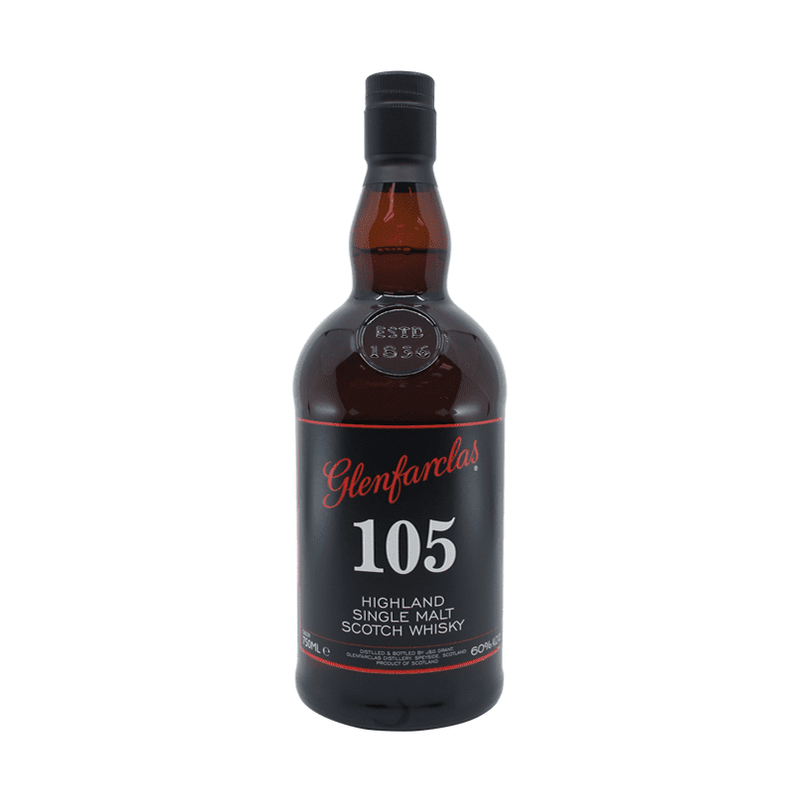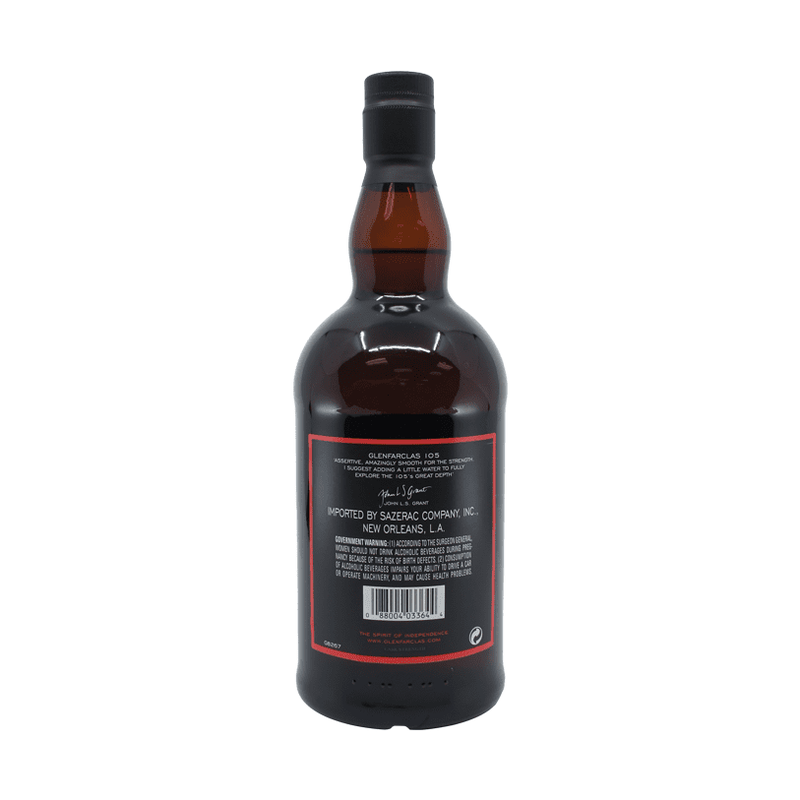
Glenfarclas Distillery
House of the Glenfarclas Grants
History
The story of the Glenfarclas Grants, started in 1805, when John Grant, the present Chairman’s great-great grandfather, was born on the farm of Lynbeg, at Glenlivet, in the heart of Speyside.
John Grant became a highly successful farmer, owning several farms in the area and breeding champion Aberdeen Angus cattle. He lived at Blairfindy Farm, just two miles from his birthplace, and married Barbara Grant in 1827. They had six children, including a son called George, born in 1830.
So it was only natural for him to be interested in the Rechlerich Farm, on the Ballindalloch Estate, when it became vacant in 1865. Rechlerich Farm was also renowned in the area for the Glenfarclas Distillery, established in 1836 by the previous tenant farmer Robert Hay. When John Grant signed the tenancy agreement in 1865, he purchased the distillery for £511.19s.0d. He remained at Blairfindy and sent his son George, to look after Rechlerich Farm, whilst the distillery was sub-let to John Smith, a descendent of John Grant’s great uncle, for five years.
Nestled in fertile grassland, the farm proved an ideal halfway staging post for cattle being driven between the many farms in Glenlivet, and the market in Elgin. The drovers would stop and water their cattle at the farm, rest their weary feet and enjoy the restorative powers of a dram or two of Glenfarclas Single Malt Whisky.
But it is in the heart of the Distillery, in the magnificent ‘still house’, that the real magic happens.
The roar of the direct fired stills, the gleam of the sunbeams reflecting on the polished copper, and the sheer size of the largest pot stills on Speyside, is breathtaking. Distilling twice, the six traditional direct-fired pot stills, three 'wash' stills for the first distillation and three spirit stills for the second, work their magic. Only the lightest and the best fractions of alcohol are collected and it has been said, it is the whisky they don't use that makes Glenfarclas great.
It is with a trained eye, a skill passed on by generations, that the still man makes the ‘middle cut’ at precisely the right moment to collect the glorious new spirit worthy of the Glenfarclas title.
- Featured
- Best selling
- Alphabetically, A-Z
- Alphabetically, Z-A
- Price, low to high
- Price, high to low
- Date, old to new
- Date, new to old















